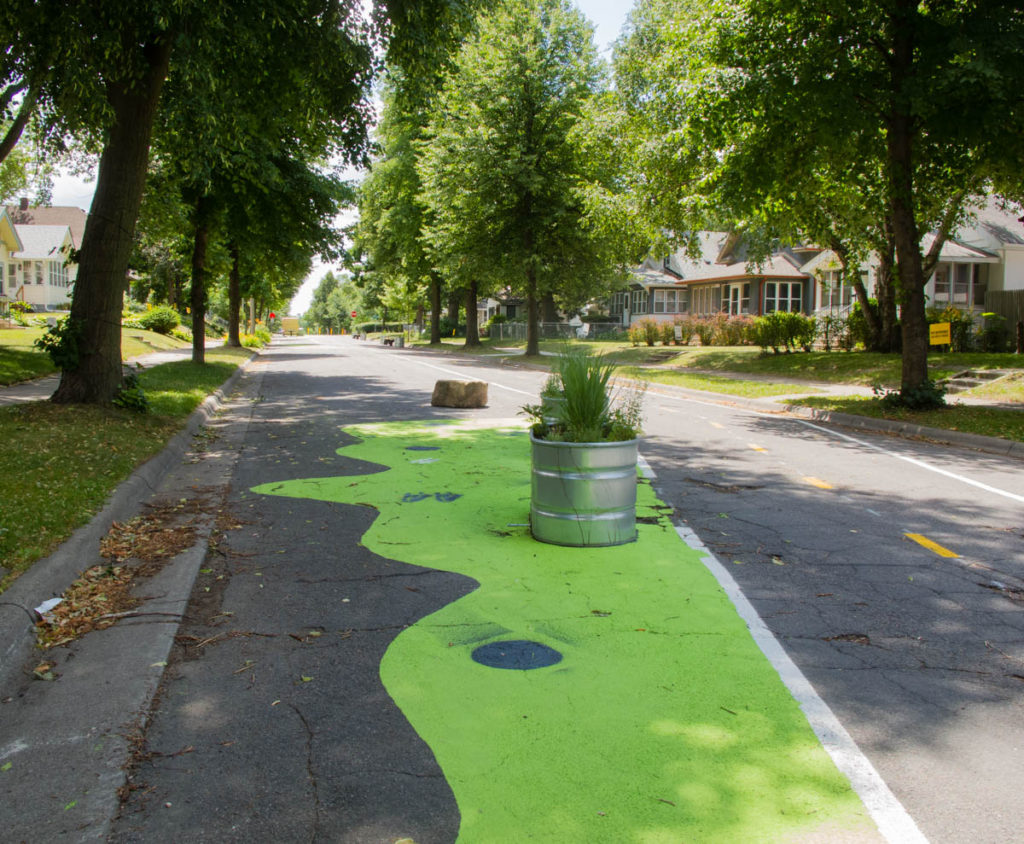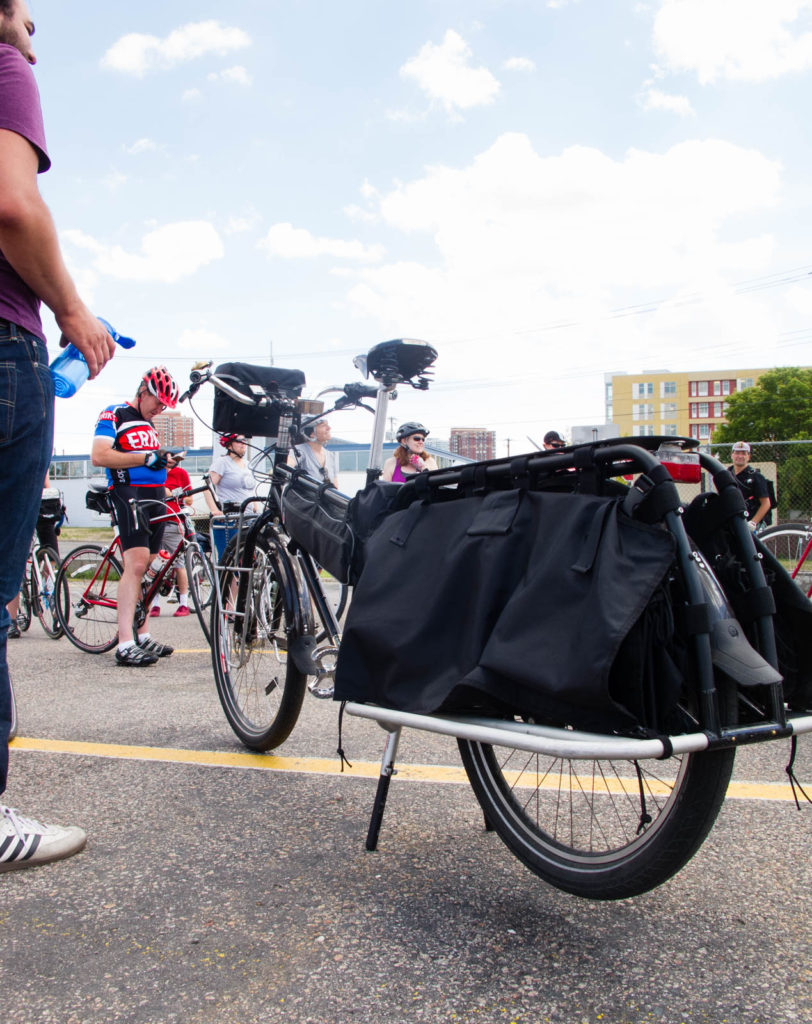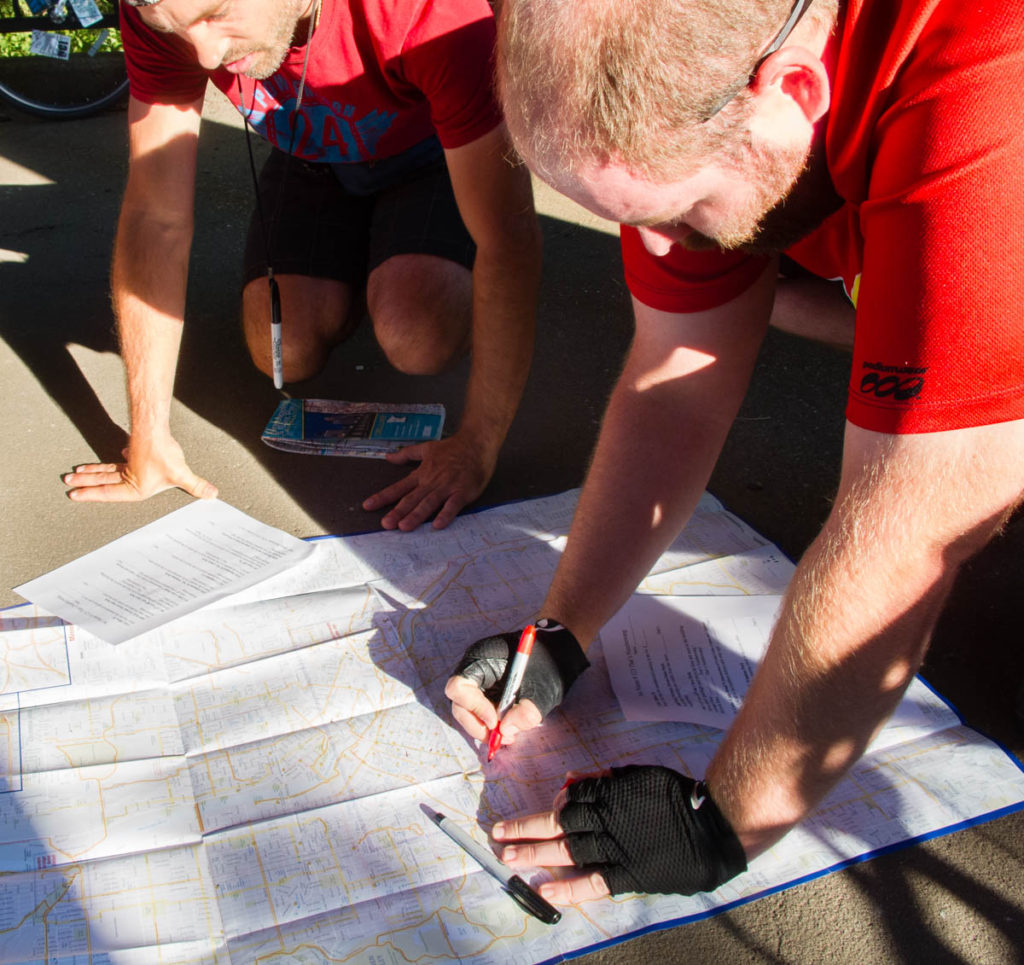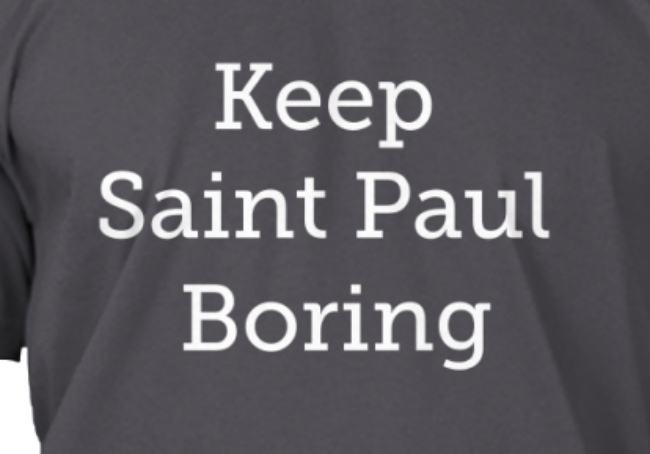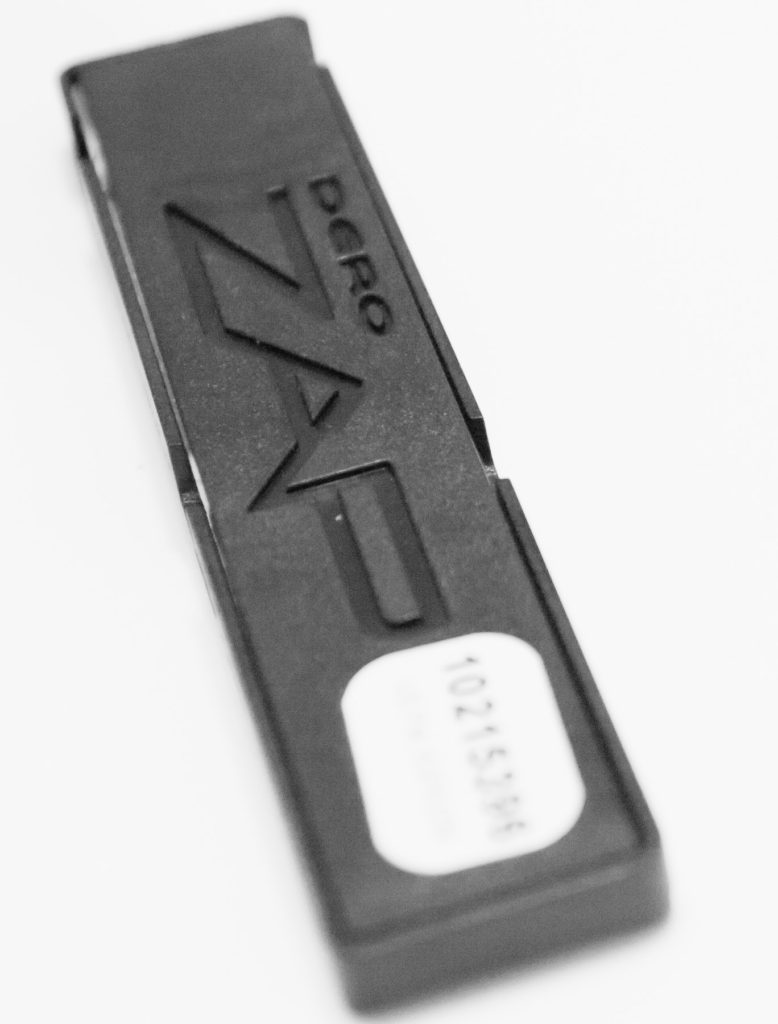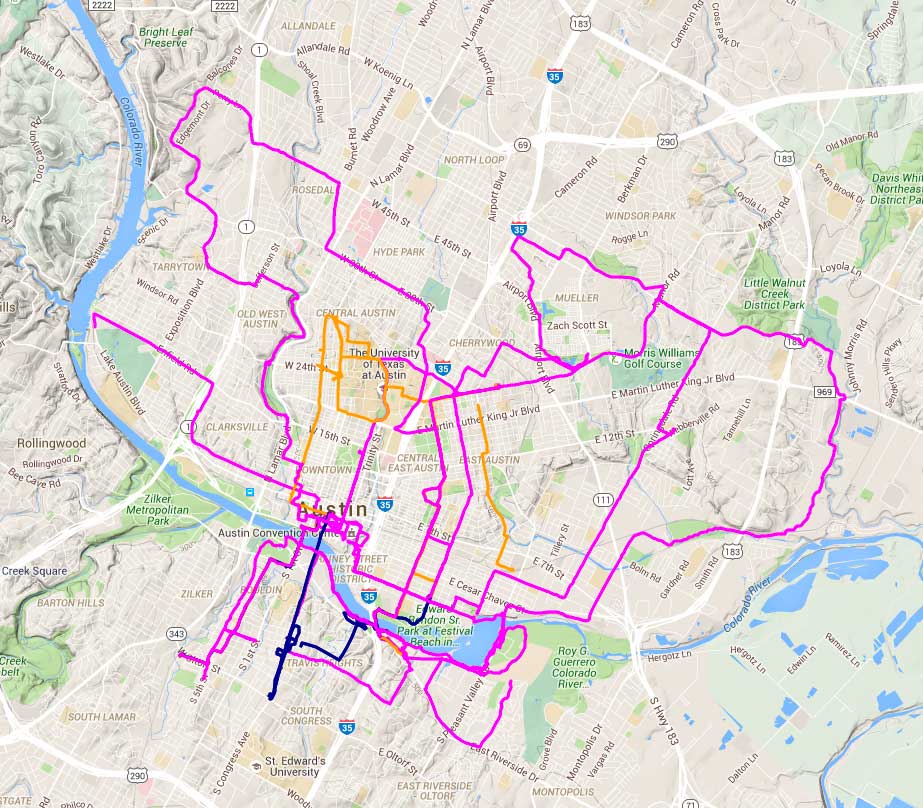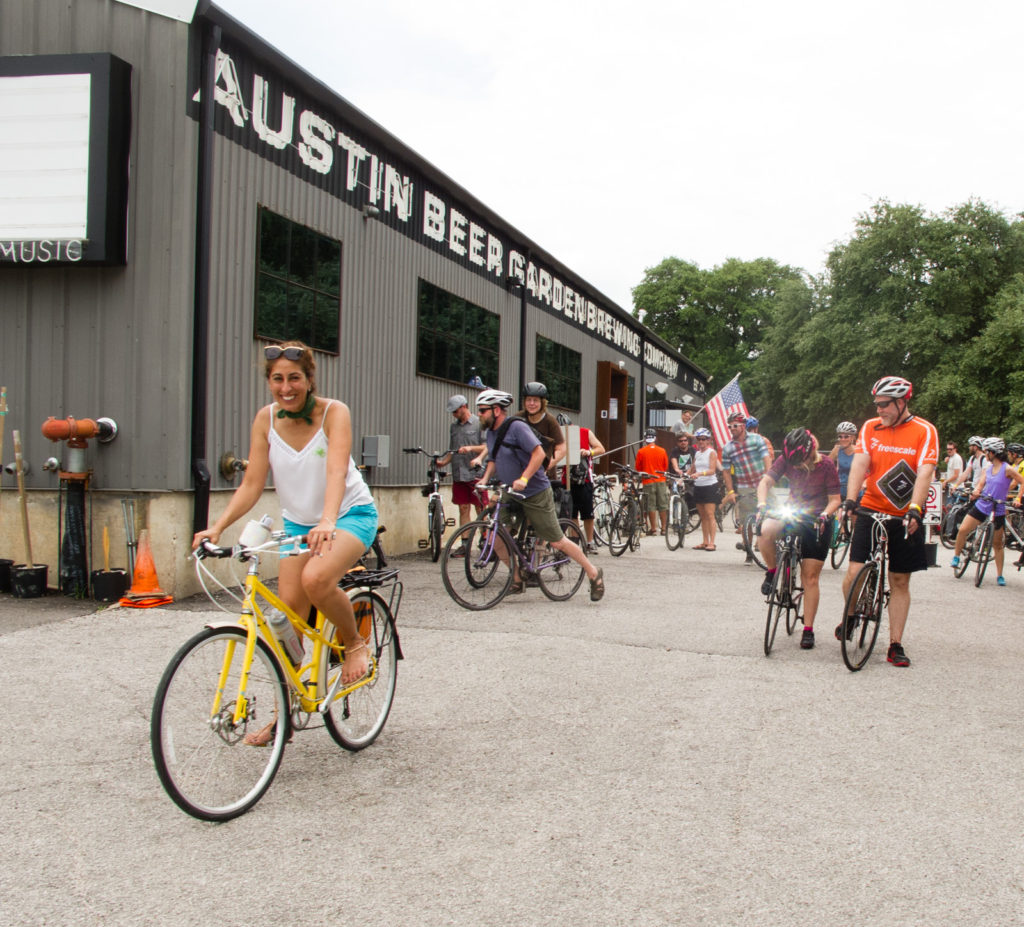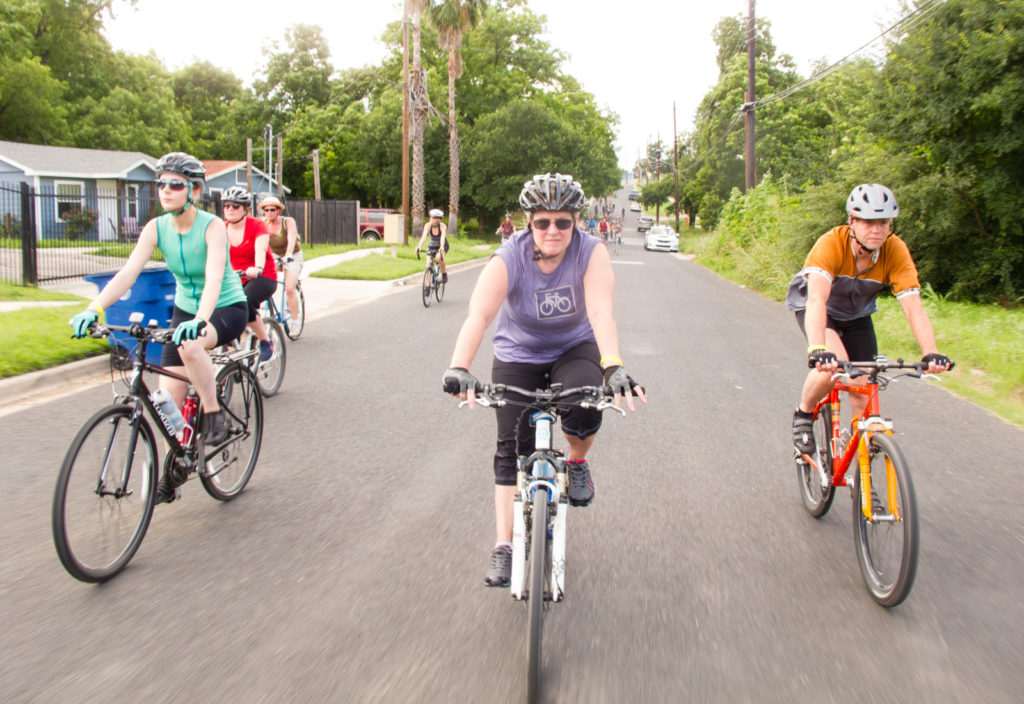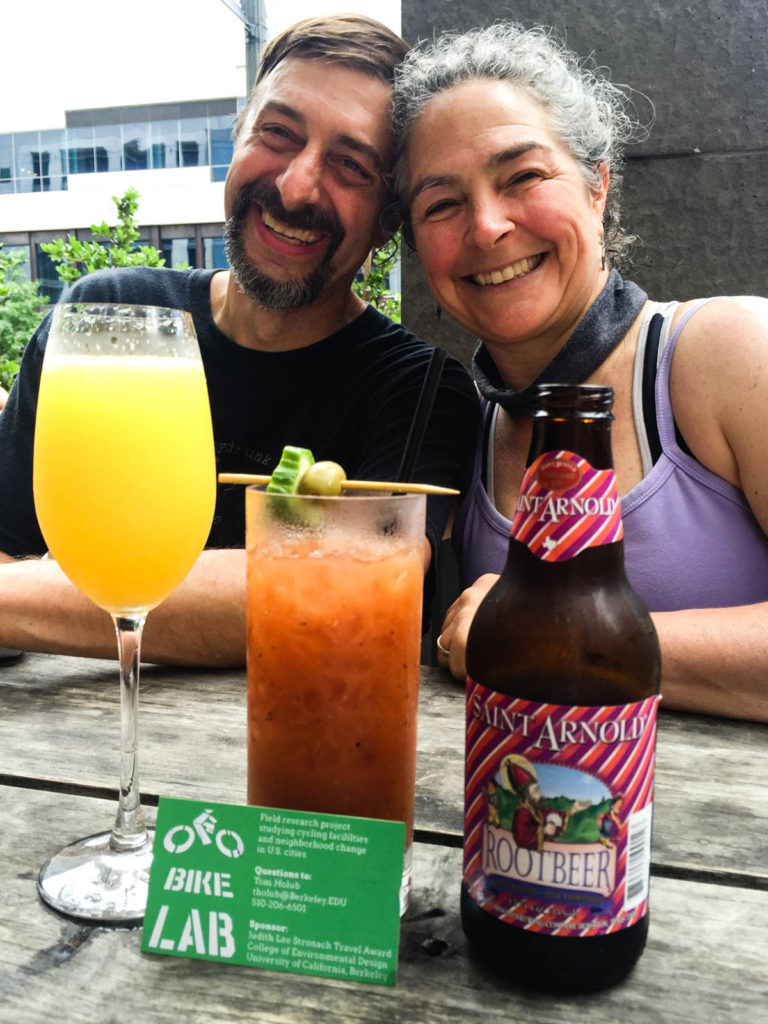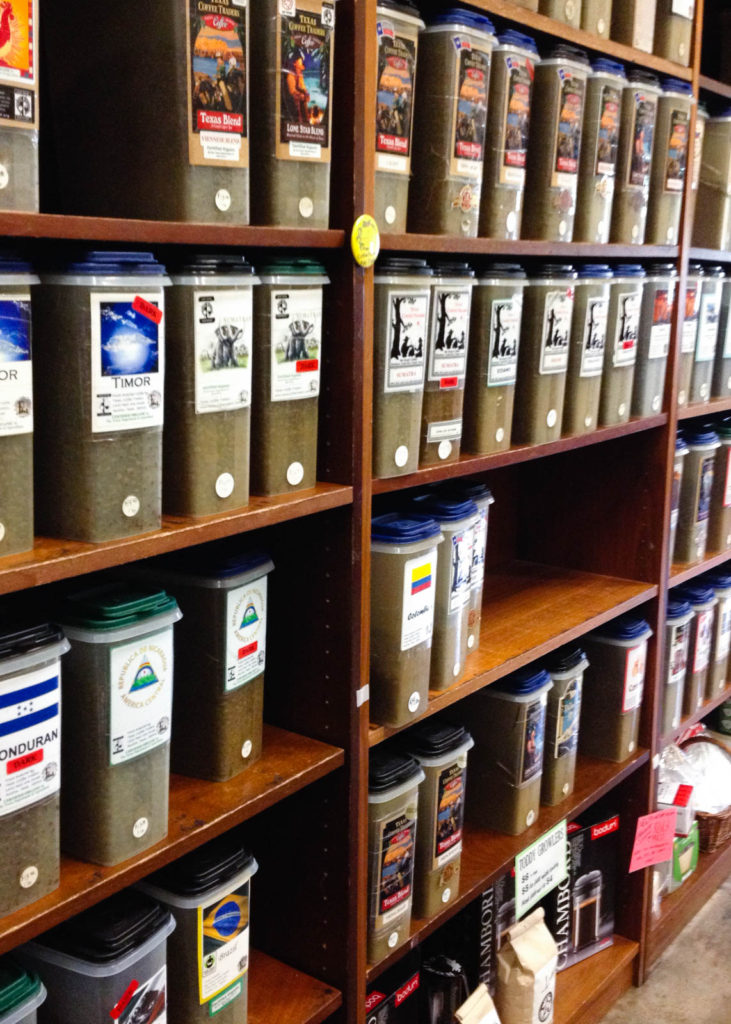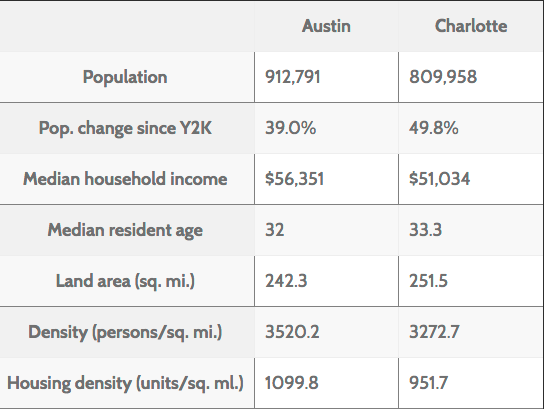North Minneapolis Greenway
North Minneapolis is a majority-minority district, with African-Americans (43%) being the predominant race. The typical hallmarks of disinvested ethnic districts are found there; decaying infrastructure, fewer trees, poorer schools, and higher crime rates than the rest of the city.
Inspired by the best bike facility in town (the Midtown Greenway, an impressive rails-to-trails conversion of a multi-track trenched railroad), a number of groups have been working for five years to convert some of the low-traffic street infrastructure of North Minneapolis into a greenway.
Unfortunately, skepticism among the neighbors and missteps during the outreach process have made the temporary installation acrimonious and disruptive.

